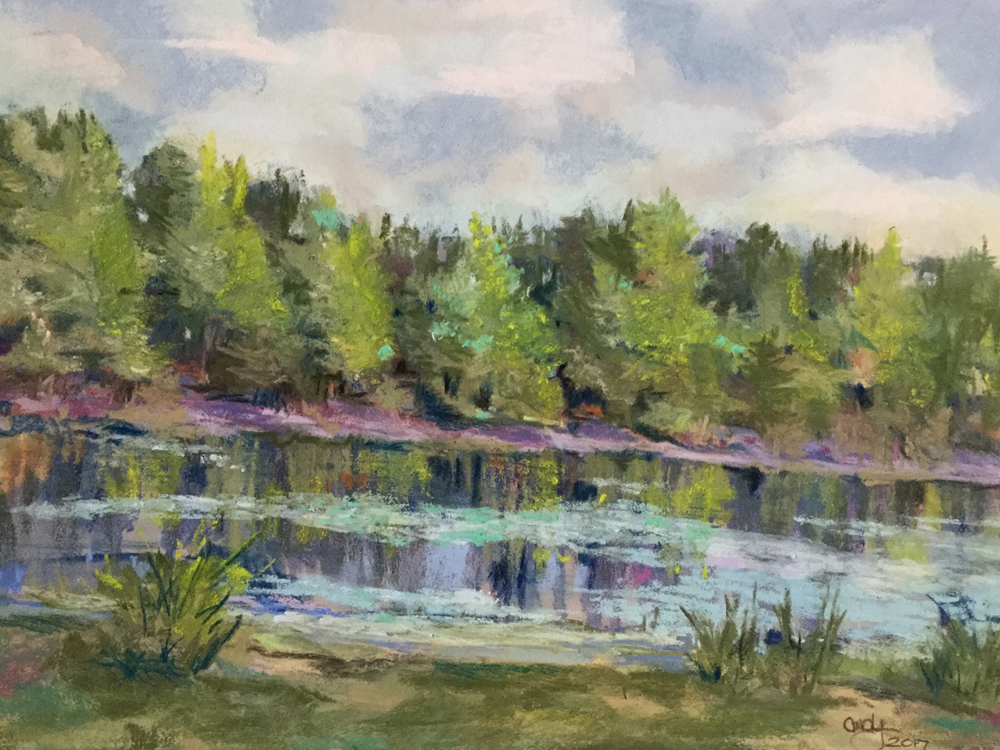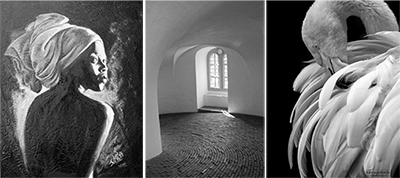A landscape does not exist in its own right, since its appearance changes at every moment…but the surrounding atmosphere brings it to life – the light and the air, which varies continually… it is only the surrounding atmosphere which gives subjects their true value.” – Claude Monet

Plein air conjures up the romantic notion of Paris in the mid-19th century; the lifestyle of Montmartre where the writers and artists of the day congregated and the Impressionist movement was born. While artists had painted outdoors for centuries, things began to change in 1830 with the Barbizon School followed by the Impressionists.
Prior to the 1840s, artists created rough sketches, drawings and small paintings outside, on location, to take back to the studio to use in creating large landscapes. These studies, or etudes, were painted quickly to capture the essence of a scene through the colors and mood of the location.
Then Winsor & Newton invented the collapsible tin paint tube in 1841. Moist watercolors and a collapsible easel known as the French box easel, followed, giving artists easy access to the materials they needed to create larger works outdoors. Tube paints contained an array of vibrant pigments contributing to innovative experiments in color theory, something the Impressionists are well known for.
The art movements that embraced plein air felt that painting en plein air was the only way to capture the natural light, shade and color of nature. Because plein air paintings are painted quickly, they often are created with loose brushstrokes and less detail, achieving the impression of open air and spontaneity. Plein air artists also abandoned traditional techniques of chiaroscuro, modeling, and perspective, creating deliberately informal compositions that captured a moment in time. Light became the subject of the painting as it changed the shapes and textures of the surroundings, showing the optical effects of light on the color of a landscape at any given moment. Artists, like Claude Monet, studied how the effects of light altered ones’ perception of the world by working on series of paintings of a singular subject, captured at different times of the day, over several days.
While plein air painting has never stopped, it had a resurgence in the 1980s and appears to be an unstoppable movement as tens of thousands of people around the world take up this art form. Some equate the current plein air movement to a lifestyle; one that is social, relaxing, meditative, mentally challenging, and stimulating. There can be challenges such as bugs, animals, weather, and inquisitive onlookers but if you are interested in spending time in nature painting, here are a few tips to get you started:
- Travel light – if you are just starting, colored pencils, pastels, or pan watercolors and a sketchbook are all you need
- Simplify your palette – you can create all the colors you need with cyan, magenta, yellow, indigo and white
- Use found water
- Bring bug spray
- Don’t wear sunglasses – they will alter your color perception; try a hat or a large white umbrella like the Impressionists used

